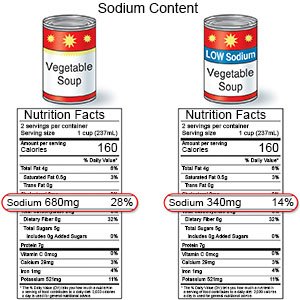Paracentesis
Medically reviewed by Drugs.com. Last updated on Apr 6, 2025.
Paracentesis is a procedure to remove abnormal fluid buildup in your abdomen. Fluid builds up because of liver problems, such as swelling and scarring. Heart failure, kidney disease, a mass, or problems with your pancreas may also cause fluid buildup.
DISCHARGE INSTRUCTIONS:
Seek care immediately if:
- You have sudden, sharp pain in your abdomen.
- You urinate very little or not at all.
- You feel confused and more tired than usual.
- Your arm or leg feels warm, tender, and painful. It may look swollen and red.
- You suddenly feel lightheaded and have trouble breathing.
- You have chest pain. You may have more pain when you take a deep breath or cough. You may cough up blood.
Call your doctor if:
- You have a fever and your wound is red and swollen.
- You have yellow, green, or bad-smelling discharge coming from your wound.
- You have pain or swelling in your abdomen.
- You have nausea or are vomiting.
- Your legs and ankles are swollen.
- You have questions or concerns about your condition or care.
Medicines:
- Diuretics remove extra fluid and prevent new fluid buildup. You may urinate more often when you take this medicine.
- Take your medicine as directed. Contact your healthcare provider if you think your medicine is not helping or if you have side effects. Tell your provider if you are allergic to any medicine. Keep a list of the medicines, vitamins, and herbs you take. Include the amounts, and when and why you take them. Bring the list or the pill bottles to follow-up visits. Carry your medicine list with you in case of an emergency.
Drugs used to treat this and similar conditions
Creon
Creon (pancrelipase) contains digestive enzymes and is used to improve food digestion in people who ...
Prednisone
Prednisone is used to treat allergic disorders, ulcerative colitis, psoriasis and arthritis. Learn ...
Ozempic
Learn about Ozempic (semaglutide) for type 2 diabetes treatment, weight management, cardiovascular ...
Bumetanide
Bumetanide systemic is used for ascites, autism, edema, pulmonary edema
Spironolactone
Spironolactone is a potassium-sparing diuretic that is primarily used to treat heart failure, high ...
Carvedilol
Carvedilol (Coreg) is used to treat heart failure and hypertension (high blood pressure). Includes ...
Montelukast
Montelukast is a daily oral medication used to prevent asthma attacks, exercise-induced ...
Pancreatin
Pancreatin systemic is used for chronic pancreatitis, cystic fibrosis, pancreatic cancer, pancreatitis
Furosemide
Furosemide is a loop diuretic used to treat fluid retention and high blood pressure by increasing ...
Do not drink alcohol:
Alcohol can interact with the medicine you take after your paracentesis.
Wound care:
Ask your healthcare provider when you can remove your bandage, and how to care for your wound.
Eat low-sodium (salt) foods:
Sodium causes fluid to build up. Limit your sodium intake to 2 grams each day. Do not add salt to your food. Try to cook your own food instead of eating fast food or processed food. Read the labels on your food to see how much sodium they contain.
 |
Return to your normal activities:
Ask your healthcare provider which activities are safe for you to do. You may need to build up to your normal activity level slowly.
Follow up with your doctor as directed:
Write down your questions so you remember to ask them during your visits.
© Copyright Merative 2025 Information is for End User's use only and may not be sold, redistributed or otherwise used for commercial purposes.
The above information is an educational aid only. It is not intended as medical advice for individual conditions or treatments. Talk to your doctor, nurse or pharmacist before following any medical regimen to see if it is safe and effective for you.
Further information
Always consult your healthcare provider to ensure the information displayed on this page applies to your personal circumstances.
